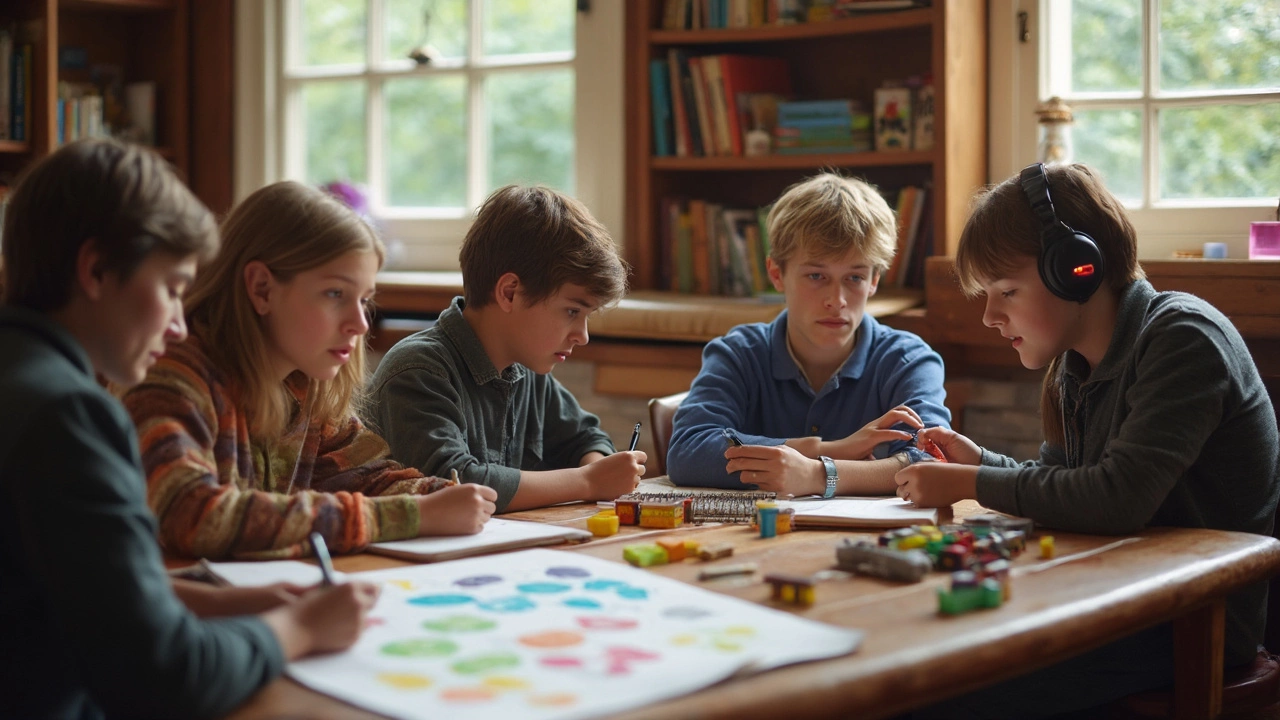Types of Learning: Find the Method That Fits You
Ever wonder why one person breezes through a course while another struggles? The secret often lies in the learning type they use. Different approaches work better for different brains, schedules, and goals. Below we break down the most common learning methods and give you quick ways to test which one clicks.
Online vs. Distance Learning
Online learning lets you study on a laptop or tablet, usually with live video lessons, quizzes, and discussion boards. Distance learning is broader – it includes any education that happens away from a traditional classroom, such as correspondence courses or recorded webinars. The main difference is interaction: online courses often have real‑time chat or video, while distance programs may rely on emails and mailed materials. If you need flexibility and love using tech, online learning is a solid pick. If you prefer a slower pace with printed work, distance learning works well.
Adult Learning Styles: Visual, Auditory & Kinesthetic
Adults don’t all absorb info the same way. Visual learners remember charts, diagrams, and video demos better than spoken words. Auditory learners retain podcasts, lectures, and group discussions. Kinesthetic learners need hands‑on practice – think role‑plays, labs, or building models. To spot your style, try a short test: watch a short video, then read a text summary, and finally do a quick activity. Which version sticks with you? That’s your go‑to style, and you can plan study sessions around it – use flashcards for visual, record yourself summarising for auditory, and practice real‑world tasks for kinesthetic.
Most people blend styles, so mixing methods often yields the best results. For example, combine a video tutorial (visual) with a discussion group (auditory) and a hands‑on project (kinesthetic). This layered approach keeps your brain engaged and helps you remember longer.
Beyond these, there are other popular types:
- Experiential learning – learning by doing, like internships or simulations.
- Project‑based learning – tackling a real problem over weeks, useful for building portfolios.
- Montessori or play‑based learning – great for early childhood, focusing on curiosity and self‑direction.
To pick the right method, ask yourself three questions:
- Do I need flexibility? If yes, online or distance learning is a good fit.
- How do I remember information best? Choose visual, auditory, or kinesthetic tools accordingly.
- What’s my goal? For job skills, project‑based or experiential learning often speeds up progress.
Try a quick experiment this week: pick a short tutorial on a topic you like. Watch it (visual), then explain it out loud to a friend (auditory), and finally try the skill yourself (kinesthetic). Note which step felt easiest and which helped you remember the most. That insight will guide future study sessions.
Remember, the best learning type isn’t set in stone. As your life changes, you might shift from a flexible online class to a hands‑on workshop. Keep testing new methods, mix them up, and stay curious. The right combination will make learning feel less like work and more like a natural part of your day.
Types of Learning: Understanding the 4 Main Ways We Learn Best
Discover the four main types of learning that guide how we absorb and use new information. This article unpacks the science and stories behind visual, auditory, reading/writing, and kinesthetic learning styles. Explore tips for each type and find out which methods suit you best. Get inspired by surprising facts, and see how understanding your learning style can boost your success. Perfect for students, parents, and teachers alike.
